PROTECT YOUR DNA WITH QUANTUM TECHNOLOGY
Orgo-Life the new way to the future Advertising by AdpathwaySpringtime is beautiful with its blossoming trees and colorful bulbs. But fall is my favorite time in the garden, and in nature, in general. Shades of red, gold, bronze, and even purple create a beautiful warmth as the cool air breezes in with a chill. This is the time that many plants show off their best colors.
Fall is usually a time for thinking about the spring garden, but it’s also a good time to plant shrubs and trees. It’s an ideal time to see those plants showing off their fall foliage. I like to select my plants based on the way they look when they are at their peak loveliness.
It’s the weather, ultimately, that influences how vivid the fall foliage is. This is why, in some years, it just seems brighter than others. Sunny days and crisp nights usually bring out the most vibrant shades. You can offset the less vivid years, though, with particularly brilliant plants that change color, like these!
Trees
Trees provide that glorious contrast of warm leaves against blue sky. They also provide a bounty of fallen leaves for you to create rich compost with for next year. Here are some of the most reliably colorful varieties of plants that change color.
Sugar Maple ‘Fall Fiesta®’
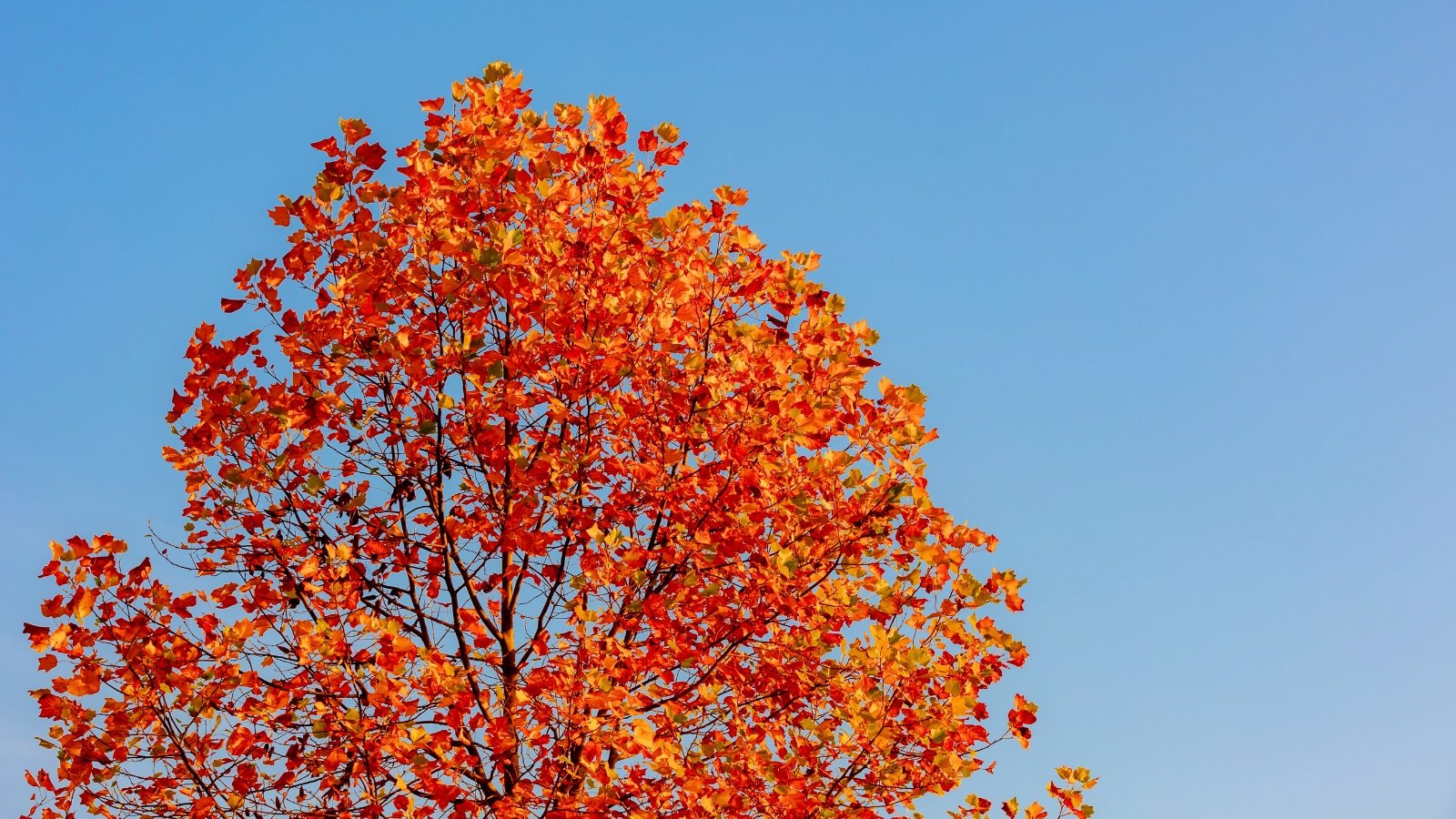 A compact tree with fiery seasonal foliage display.
A compact tree with fiery seasonal foliage display.Sugar maples are one of the most spectacular fall trees around. They are well known for their stunning displays of long-lasting, multi-colored leaves. As the season wears on, the leaves change color from green to bold orange, gold, and crimson.
‘Fall Fiesta®’ is a garden-friendly cultivar with incredibly vibrant fall color. It’s sturdy and compact as a young plant, and forms an attractive, symmetrical crown as it matures. It can grow as tall as 70 feet, but typically remains smaller in landscape use.
Sourwood
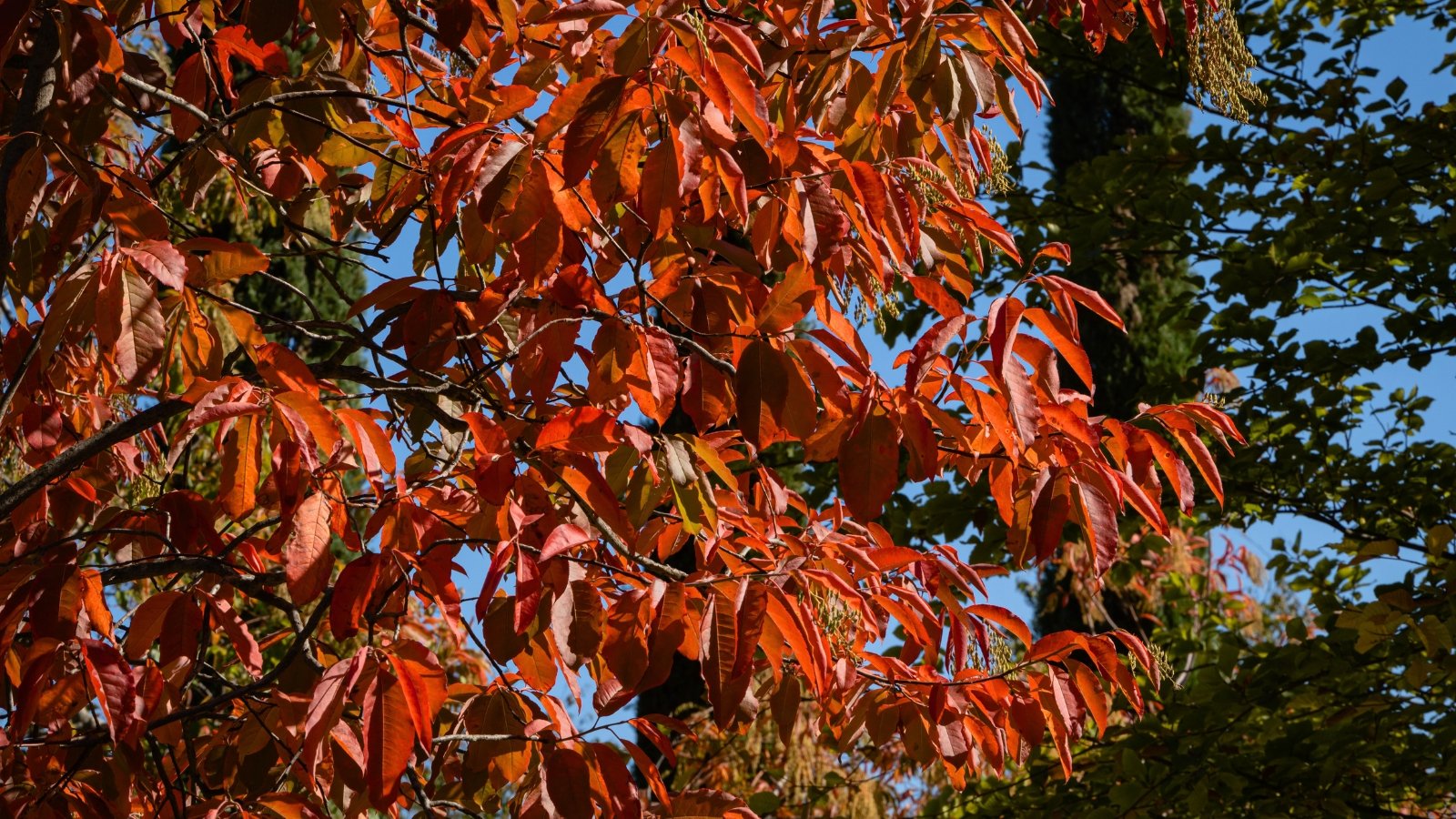 The upright tree shows layered autumn tones beautifully.
The upright tree shows layered autumn tones beautifully.Sourwood is an excellent native tree with oblong leaves that change color in the fall. I’m always a proponent of adding native plants, as they tend to be easiest to care for and good for wildlife. This one is great for eastern North America, and as a native, it has a reliable color change.
Sourwood has an upright growth habit and can reach heights up to 50 feet at maturity. The leaves are large and there are often several tones on the same plant. These plants change color in September and last into November.
Ginkgo Biloba ‘Goldspire™’
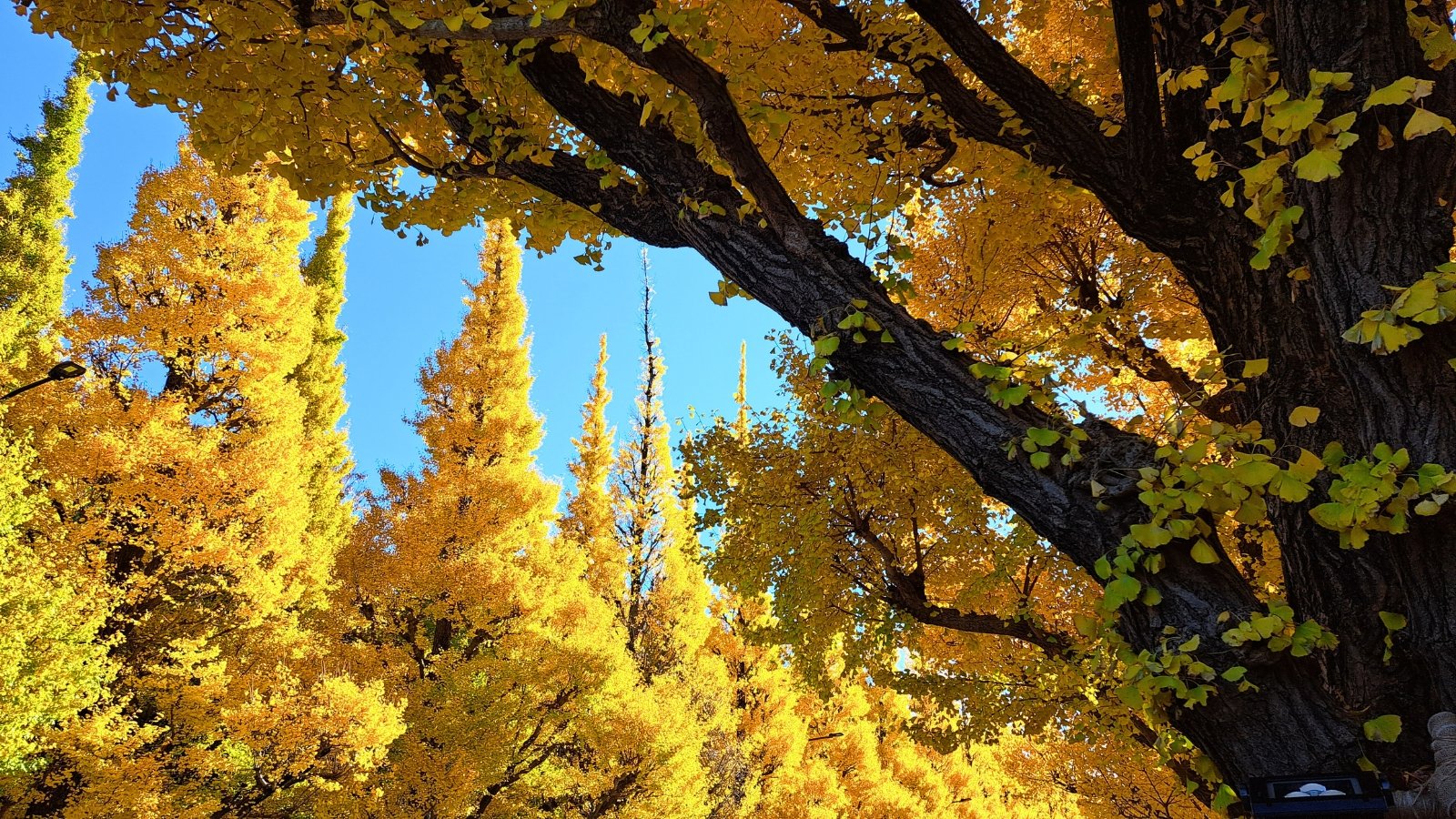 Compact columnar tree with bright golden autumn leaves.
Compact columnar tree with bright golden autumn leaves.Ginkgo biloba is one of my favorite plants that changes color in the fall. Once you’ve seen this tree in autumn, you won’t be able to forget about it. The uniquely fan-shaped leaves change from blue-green to the most vibrant, beautiful golden yellow.
‘Goldspire™’ is a columnar cultivar. It has a tall, upright canopy and is more compact than most varieties. This makes it ideal for smaller spaces that won’t accommodate a large tree, and for planting closer to the house. The fall foliage is reliably bright and vivid.
Purple Copper Beech ‘Purpurea’
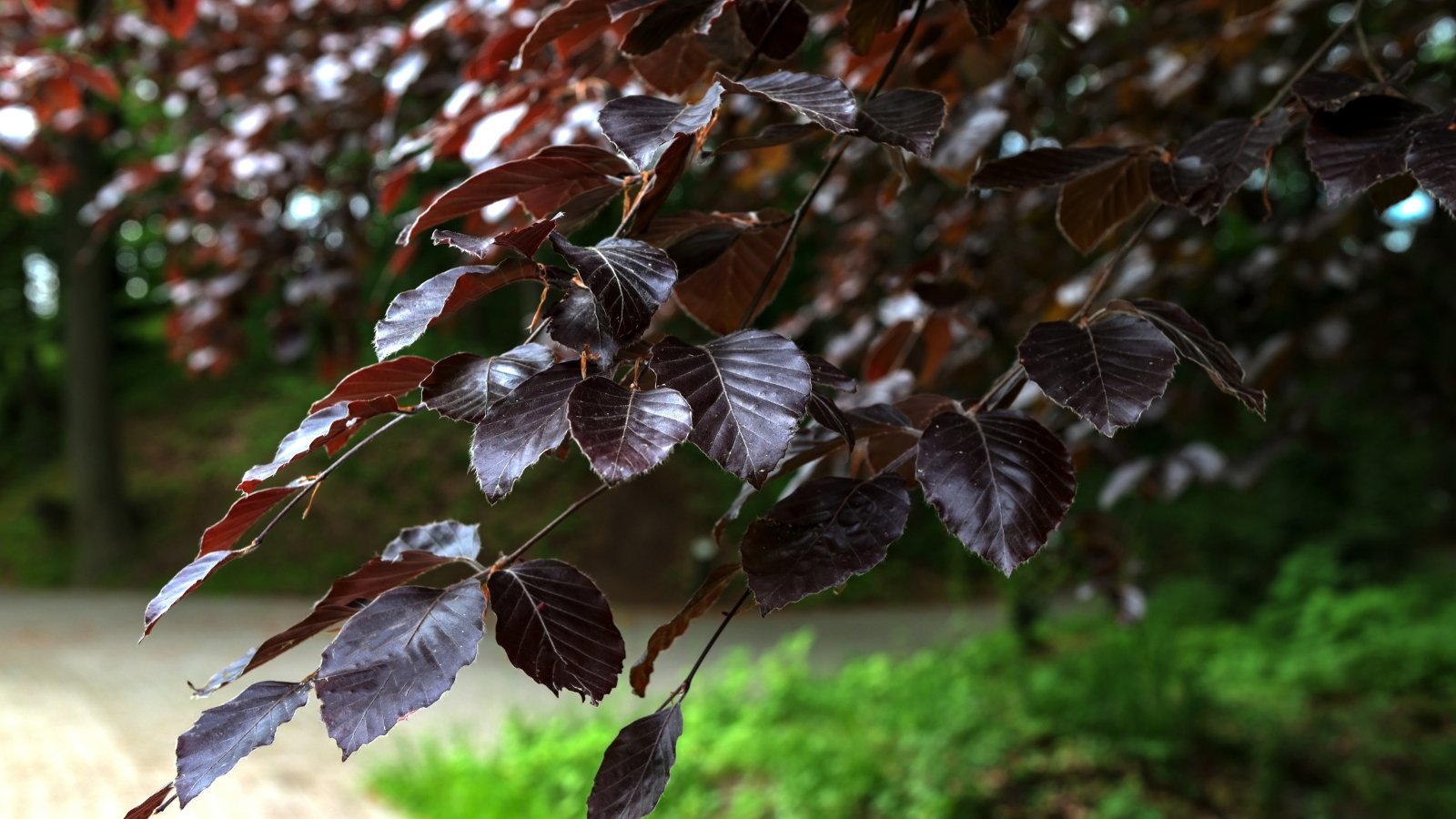 Stunning copper tones appear as seasons slowly progress.
Stunning copper tones appear as seasons slowly progress.The purple beech is a delightful European native that makes a wonderful ornamental tree. It’s a large plant, and can grow up to 80 feet tall, so make sure to give it space. It will cast a large shadow. The ‘Purpurea’ variety has stunning foliage all year, not just in the fall.
In spring, purple beech’s leaves emerge red to deep purple. In the summer, they deepen to a purple-bronze, and in the fall, they change to a stunning copper color. Its smooth, silvery-gray bark is lovely in winter, making this a plant with four-season interest.
Dogwood ‘Purple Glory’
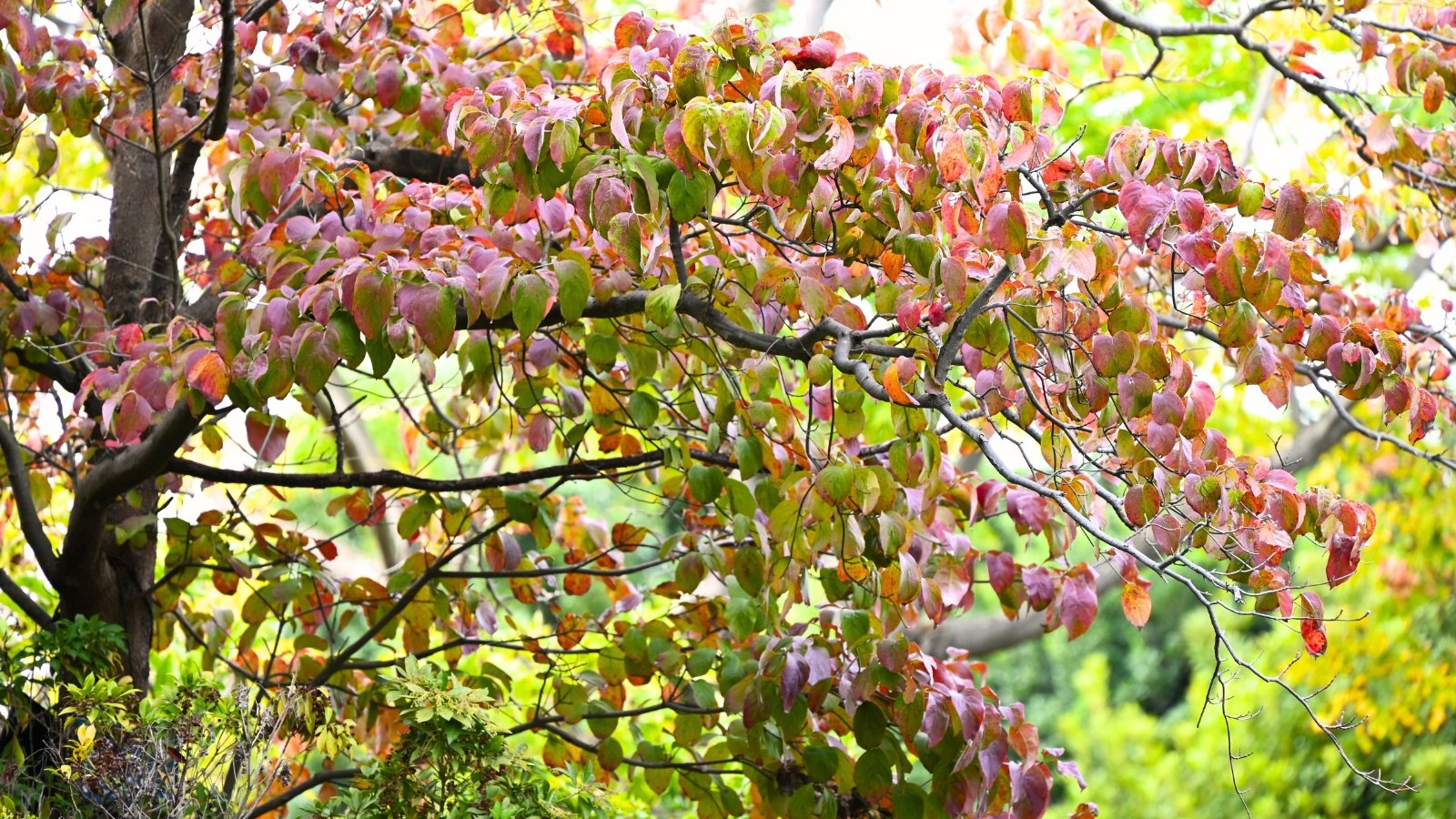 Leaves turn rich purple under changing light conditions.
Leaves turn rich purple under changing light conditions.Dogwoods are wonderful plants with delicate flowers that light up the spring garden. They also have colorful berries, attractive bark, and a stunning fall color change. Their colors are most vivid in cooler climates, and may be softer in warmer climates. They change color gradually, often showing off several shades at once.
‘Purple Glory’ is another plant with leaves that change color more than once during the year. They emerge reddish-purple in the spring and mature to deep purple. The bracts, which look like flowers, are dark red and appear in late spring. In the fall, the leaves change color to the most dramatic, deep purple. In some lights, they may even appear black.
Black Tupelo ‘Red Rage®’
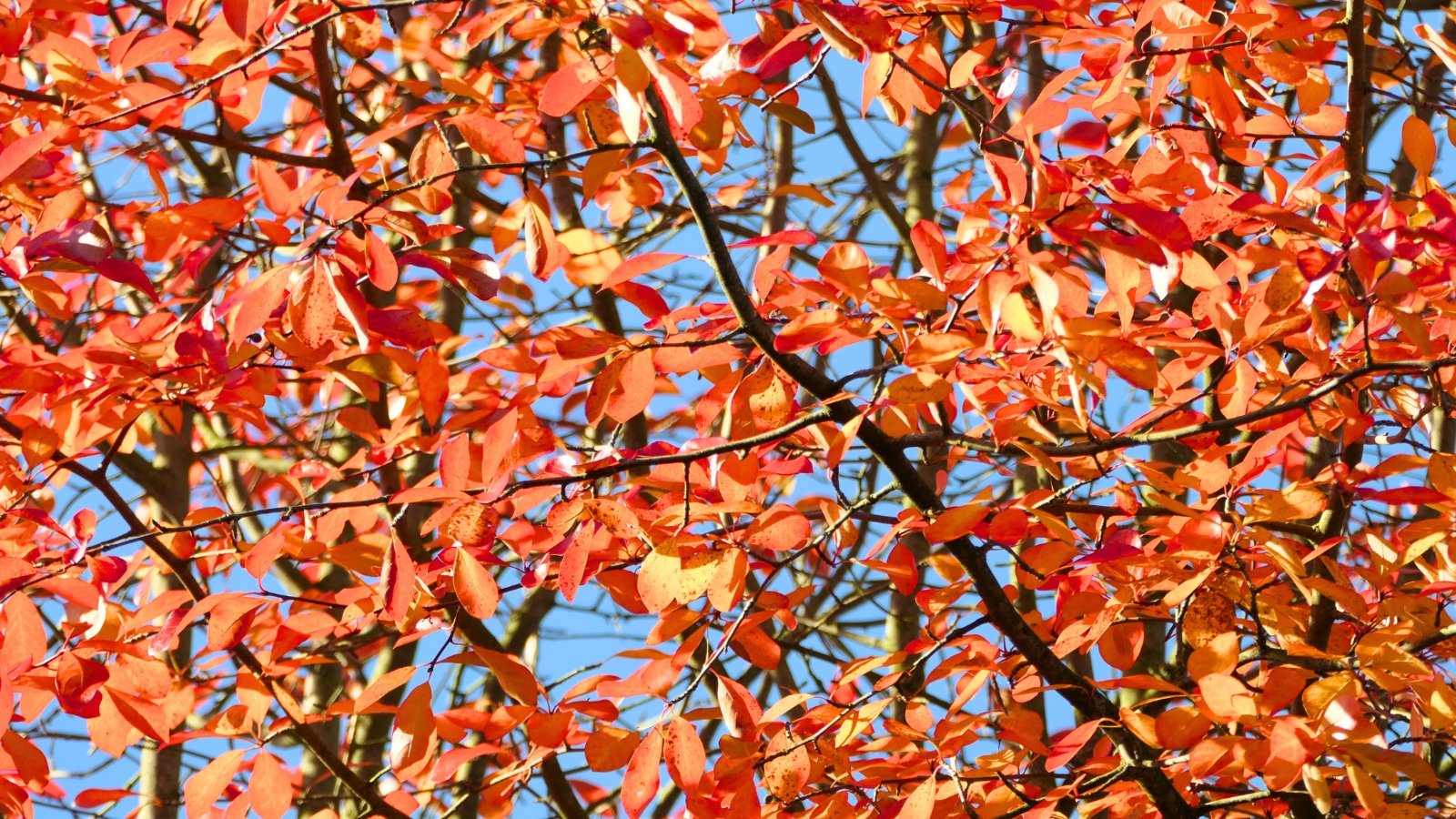 The young pyramidal shape matures into an open canopy.
The young pyramidal shape matures into an open canopy.Tupelo trees are best known for the delicious honey that bees make from their sweet, spring flowers. They are adaptable plants native to eastern North America and grow to heights of about 50 feet tall. They have a pyramidal shape when young, and the canopy opens as it matures.
‘Red Rage®’ is a choice selection, noted for its excellent fall color change. It’s also disease-resistant and has an attractive form. The fall colors are bright scarlet and crimson, and it’s not unusual for there to be some fiery orange tones mixed in.
Bald Cypress ‘Autumn Gold™’
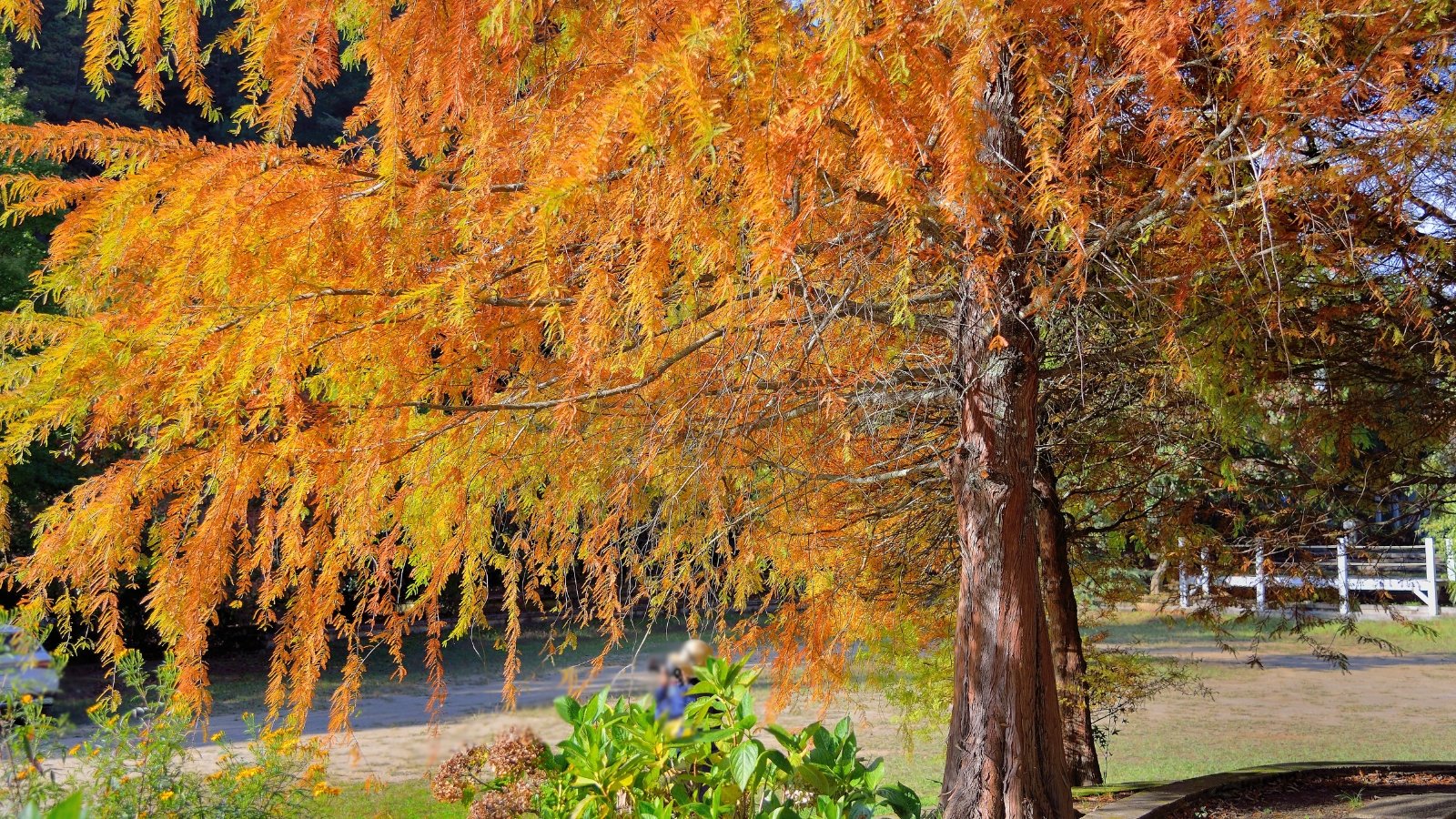 This towering tree offers dramatic color even in soggy soil.
This towering tree offers dramatic color even in soggy soil.Bald cypress trees are interesting, as they look as though they’d be evergreen, when in fact, they are deciduous. Some other species retain their foliage in the fall, but this one doesn’t. Instead, it bursts into flaming shades of rust, gold, and bronze.
As you might expect from the name, ‘Autumn Gold™’ has a particularly noteworthy fall color change. This tall, imposing tree takes on gorgeous golden tones as the weather cools down. It’s a fantastic plant for anyone with poor drainage, as it doesn’t mind wetter soil types.
Shrubs
Shrubs make up the foundation of the garden. Smaller than trees, these plants offer stunning displays of color-changing leaves in the fall. Many also flower throughout the spring or summer, adding another layer of beauty.
Virginia Sweetspire ‘Henry’s Garnet’
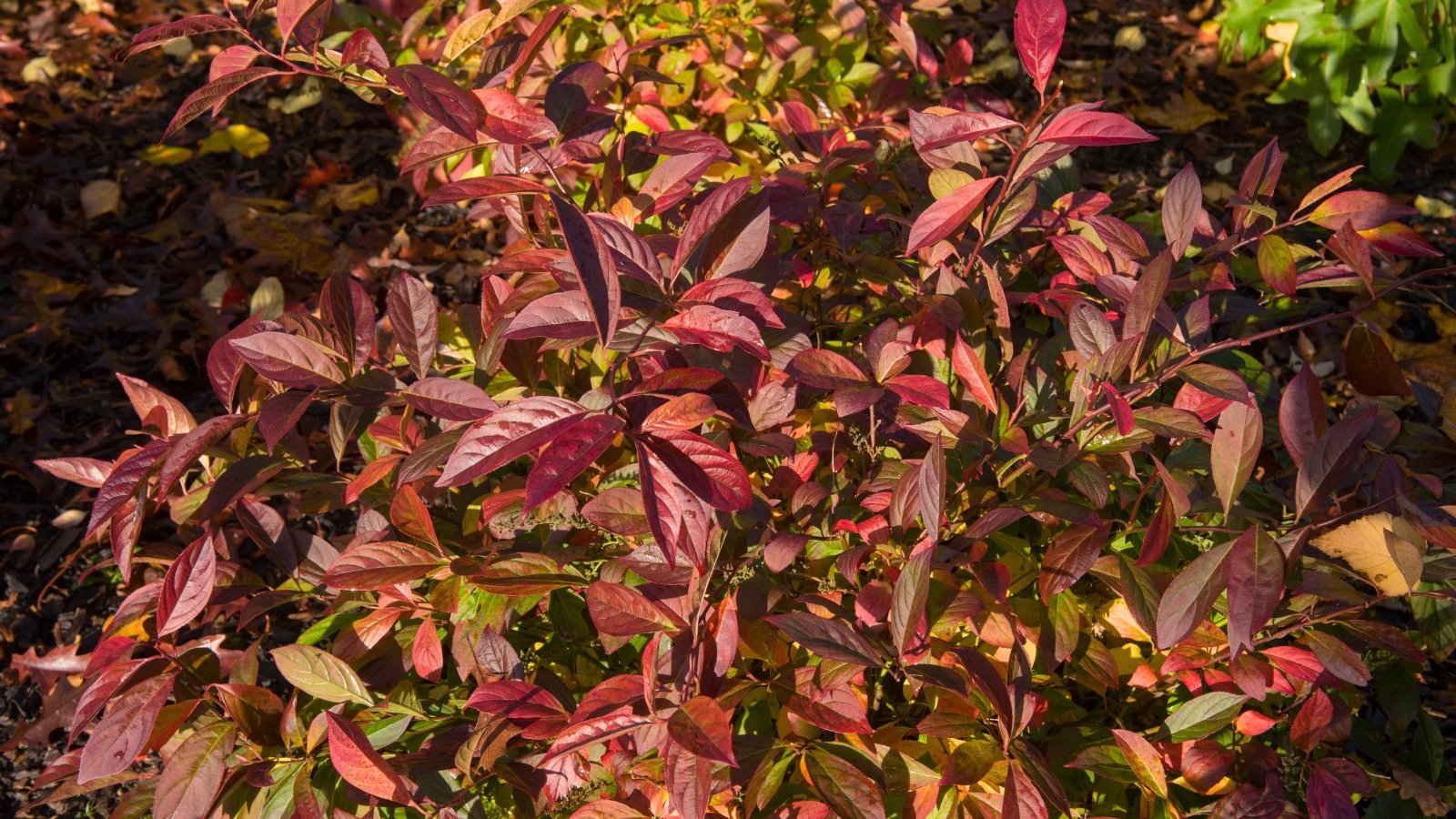 Low-growing shrub with graceful, arching, weeping branches.
Low-growing shrub with graceful, arching, weeping branches.Virginia sweetspire is a plant for all seasons. It’s a low-growing shrub with a spreading habit and has long, graceful, arching branches. The new growth has a burgundy tint, which deepens to dark green. In late spring and early summer, long, drooping racemes of white flowers form at the ends. It has a weeping quality as a result.
While this plant has many virtues, the standout feature of ‘Henry’s Garnet’ is the fall color change. The leaves turn bold burgundy and garnet red with occasional orange tones. In mild climates, this plant retains most of its foliage, making it a semi-evergreen.
Viburnum ‘Autumn Jazz®’
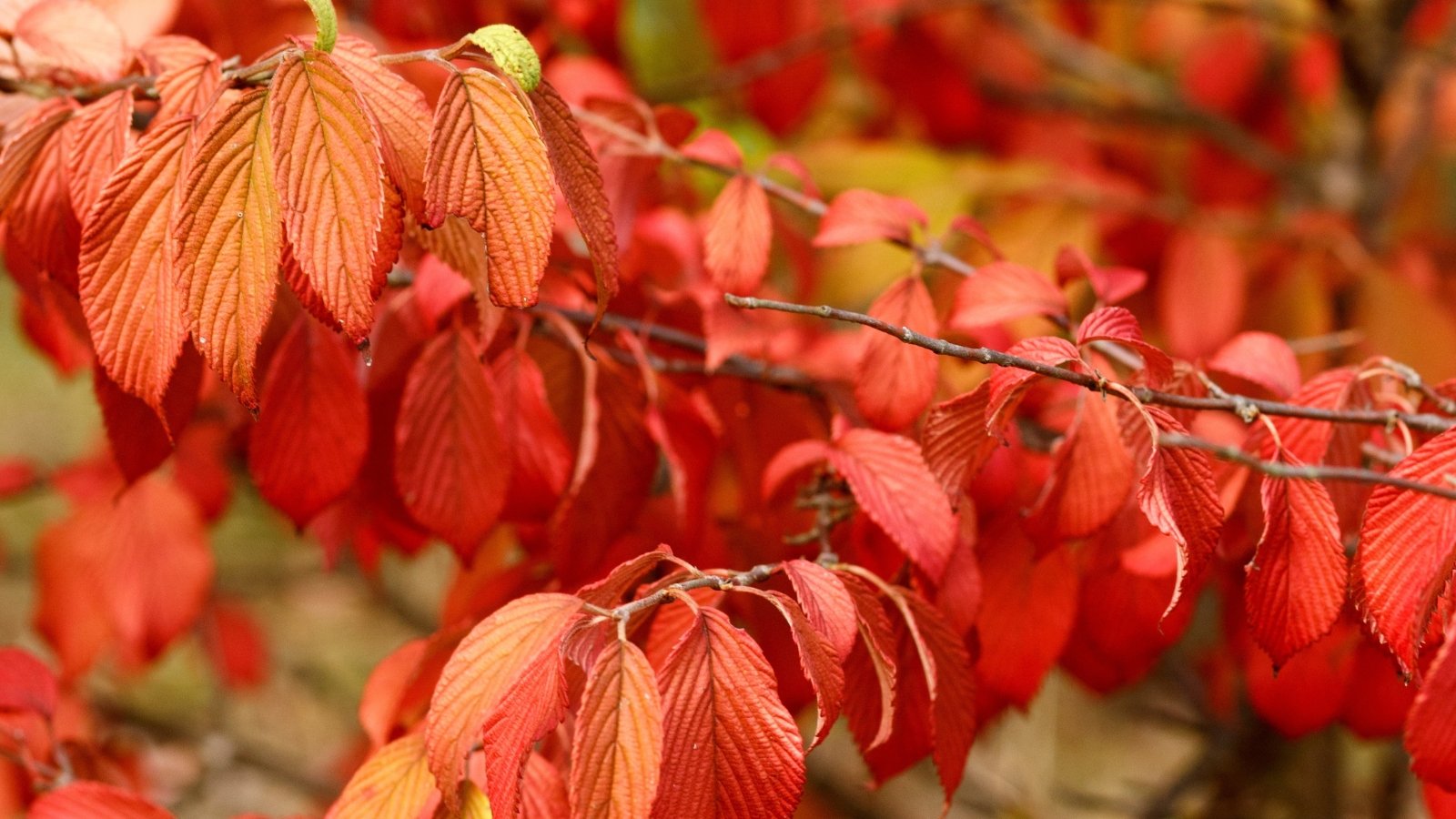 Upright habit creates natural structure in mixed plantings.
Upright habit creates natural structure in mixed plantings.Viburnums are a group of shrubby plants with many excellent traits. They’re desirable landscape elements for their size, flowers, fall color change, and wildlife benefits. ‘Autumn Jazz®’ has an appealing, upright, vase-shaped habit. The foliage is deep green and glossy, and white flowers bloom in clusters in late spring.
Black berries, or drupes, follow the flowers. These are attractive to birds and look nice alongside the gorgeous fall foliage. The dark green color changes to a bold mix of yellow, orange, red, and garnet, depending on the weather conditions. This variety has excellent pest and disease resistance.
Witch Hazel ‘Golden Eclipse’
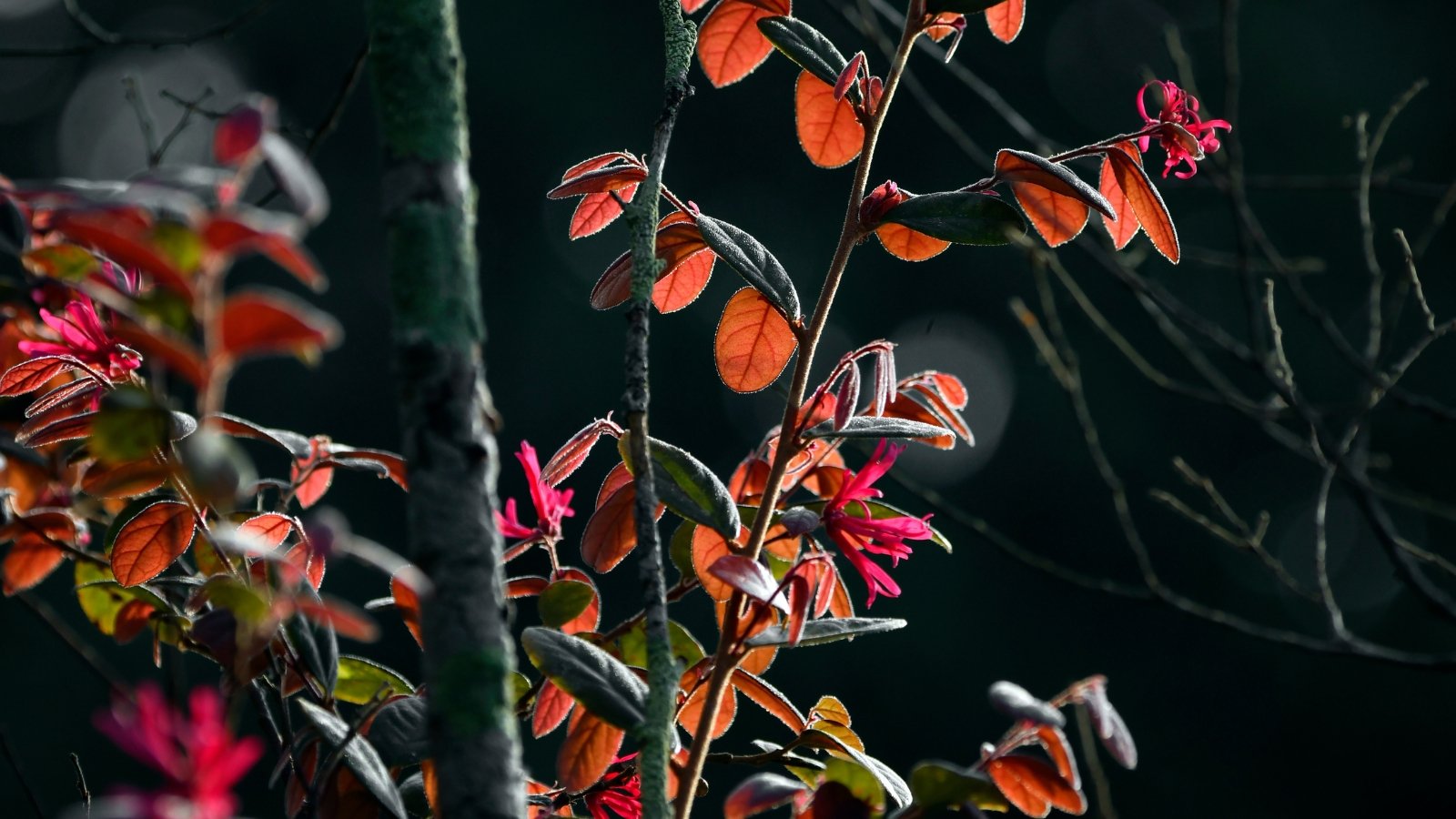 A tall shrub that adds vertical interest to any landscape.
A tall shrub that adds vertical interest to any landscape.Witch hazel is popular for several seasons of interest. This shrubby plant is a tall one, reaching up to ten feet at maturity. ‘Golden Eclipse’ puts on quite a colorful display throughout the year. In late winter to early spring, the bright orange blooms precede the leaves. The new growth has tones of orange and purple in spring and summer.
Naturally, the fall color change is what we are most interested in, and ‘Golden Eclipse’ doesn’t disappoint. The autumn foliage takes on tones of orange, red, and purple before it drops.
Oakleaf Hydrangea ‘Gatsby Moon®’
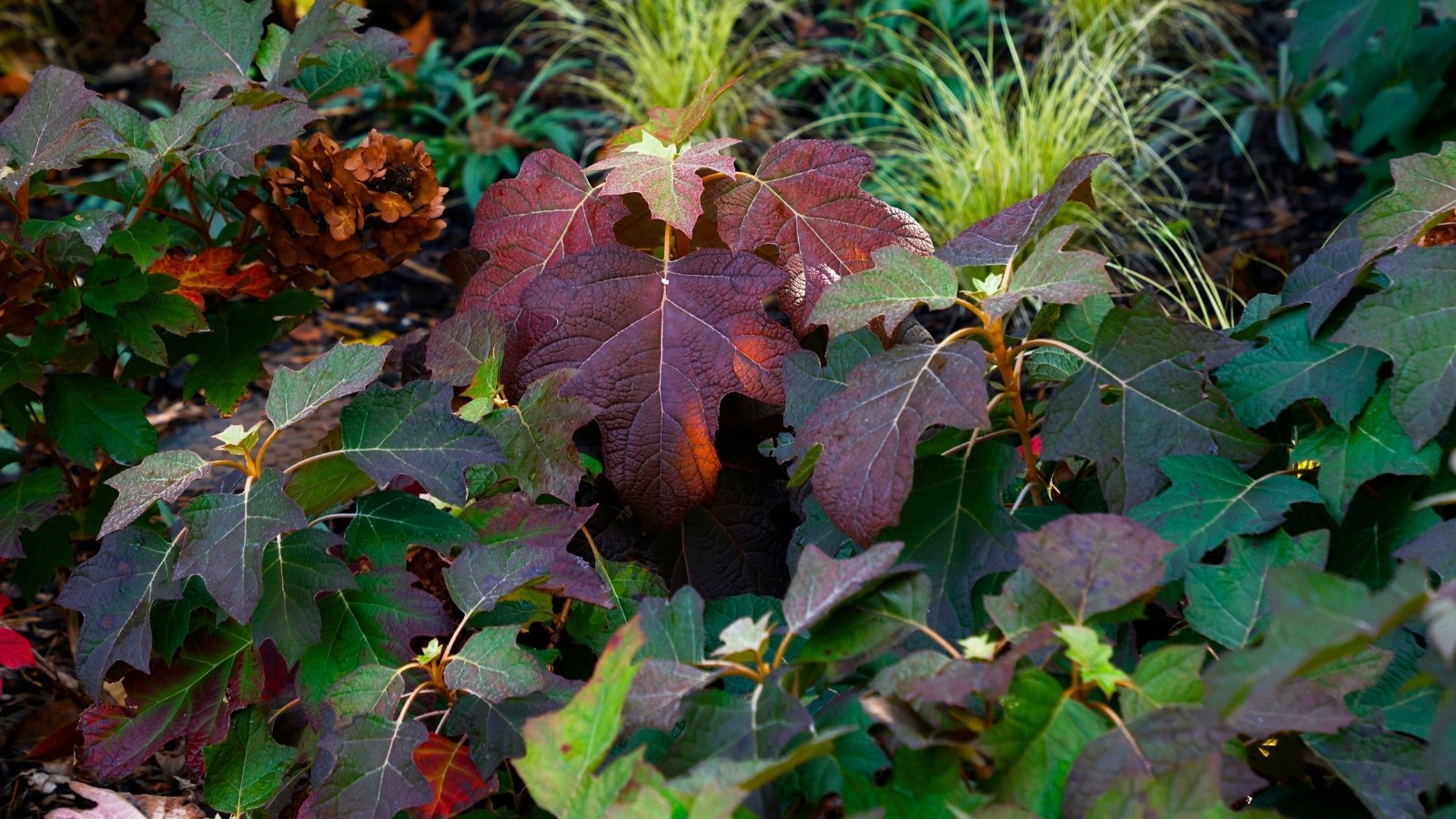 Oak-lobed foliage turns rich burgundy as seasons progress.
Oak-lobed foliage turns rich burgundy as seasons progress.Hydrangeas are a staple plant in the Southern garden. With their good cold tolerance, oakleaf hydrangeas have a following in Northern gardens as well. These rounded, upright shrubs have showy foliage and large cone-shaped panicles of white flowers. The blooms take on green tones in the summer months.
‘Gatsby Moon®’ has the signature, oak-lobed leaves of the species. They’re dark green and glossy throughout the growing season. The fall color change leads to shades of deep wine-red and burgundy. This variety performs well in warm, humid climates.
Black Chokeberry ‘Autumn Magic’
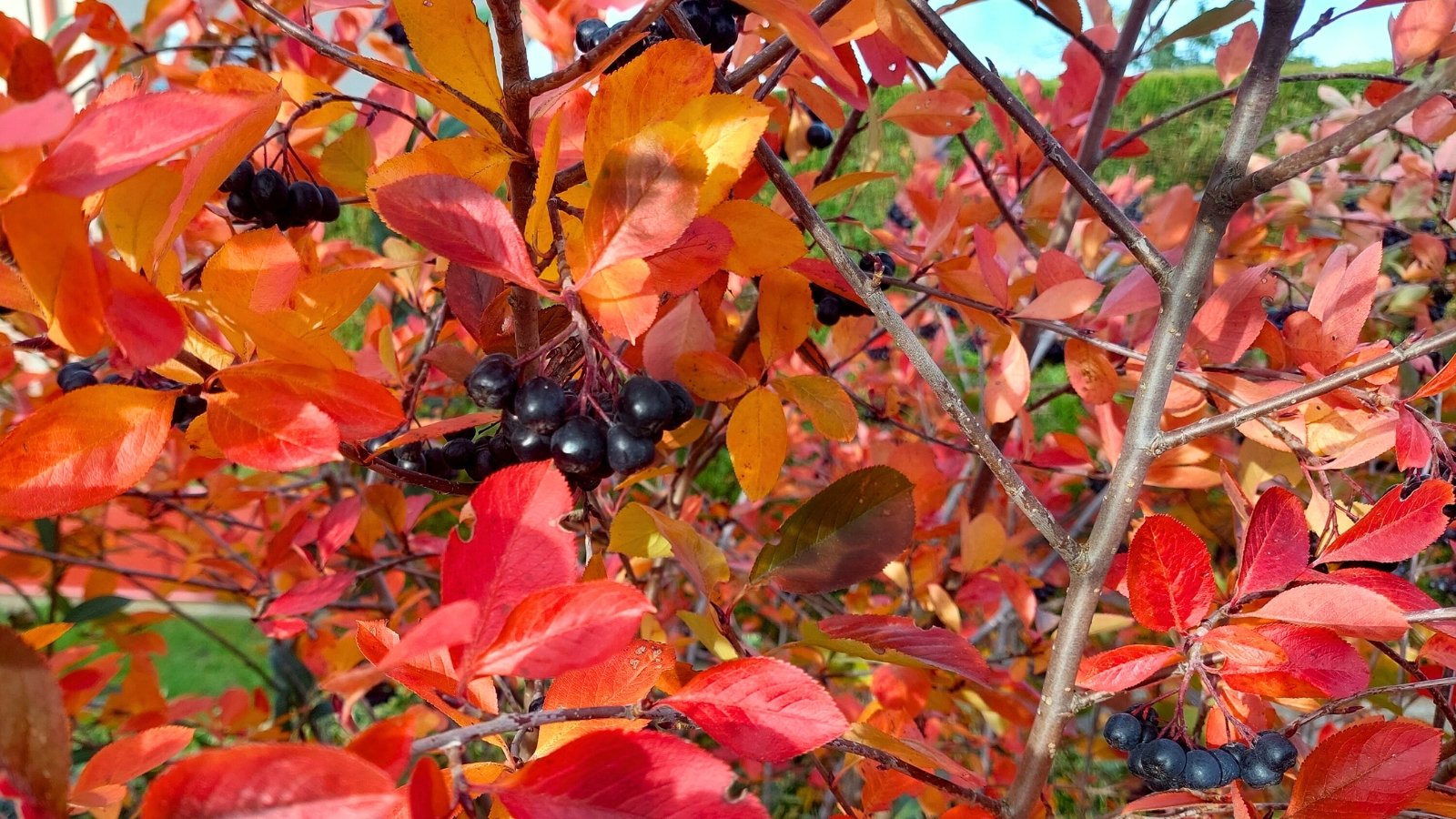 Leaves turn brilliant shades before berries hang heavily.
Leaves turn brilliant shades before berries hang heavily.Black chokeberry is another wonderful plant for several seasons of beauty in the garden. Its fall color change is one of several attractive attributes. It’s exceptionally cold-tolerant and thrives in a wide range of climates and soil types. It’s a versatile and beautiful plant.
The spring blooms are lovely, and the berries that follow are pretty and attract songbirds. Their most noteworthy characteristic, however, is their vivid fall colors. The plants change color from medium green to vibrant shades of red, orange, and gold. Paired with the deep blue berries, it’s a wonderful plant for autumn interest.
Fothergilla ‘Legend of the Fall®’
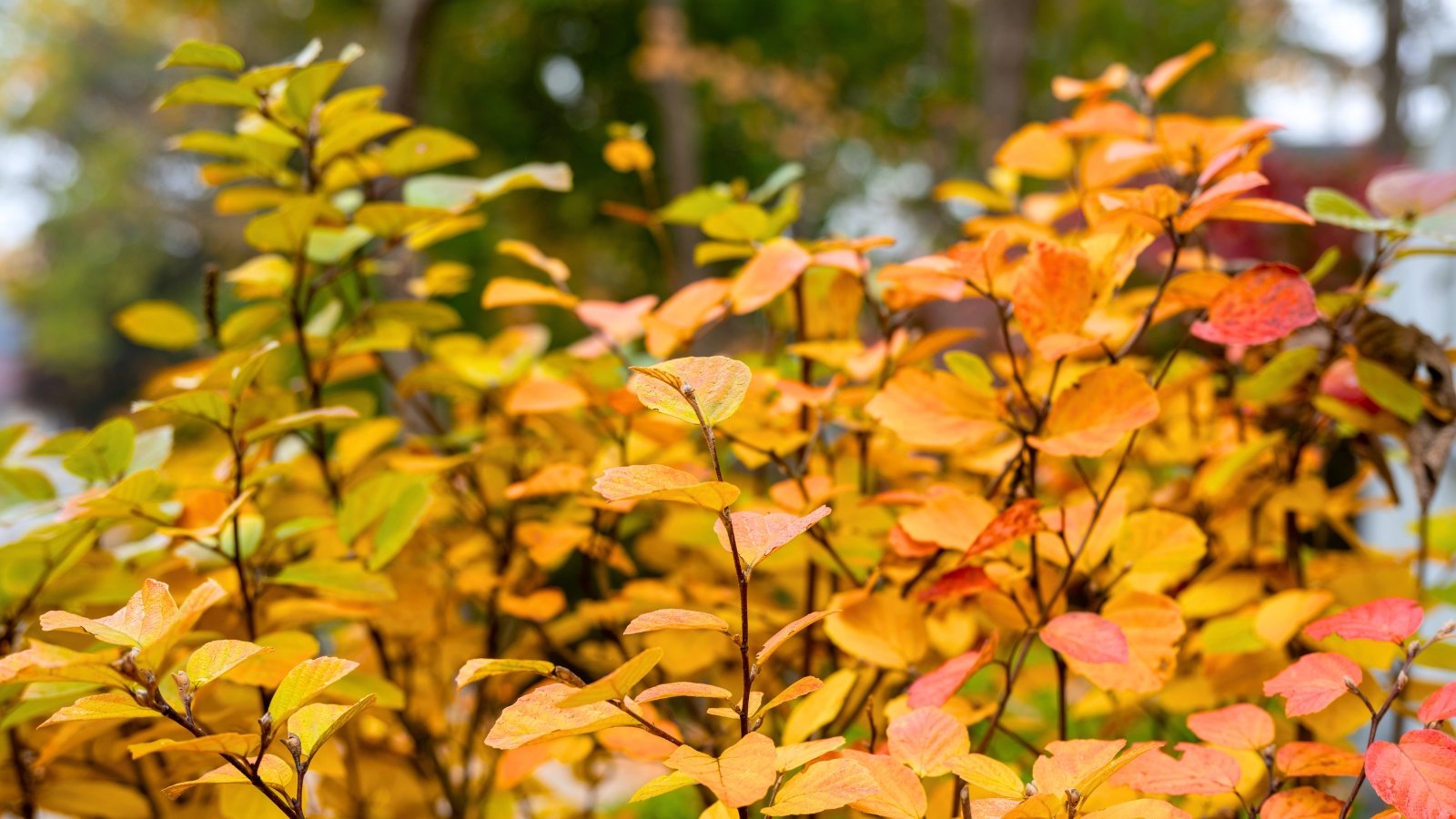 Medium shrub brightens shady corners with fiery tones.
Medium shrub brightens shady corners with fiery tones.Our last plant on the list of plants that change color is fothergilla. This particular cultivar is ‘Legend of the Fall®,’ and is a hybrid of two different species. It’s a medium-sized shrub that produces bottlebrush-shaped flower spikes in early spring, before the foliage appears. The leaves are green during the growing season.
‘Legend of the Fall®’ has an informal, upright growth habit. It’s low maintenance and has good shade tolerance, though more sun will result in better autumn color. This cultivar has a reputation for having the most vibrant fall foliage. The leaves change color from green to shades of red, orange, yellow, and even purple.


 1 day ago
7
1 day ago
7
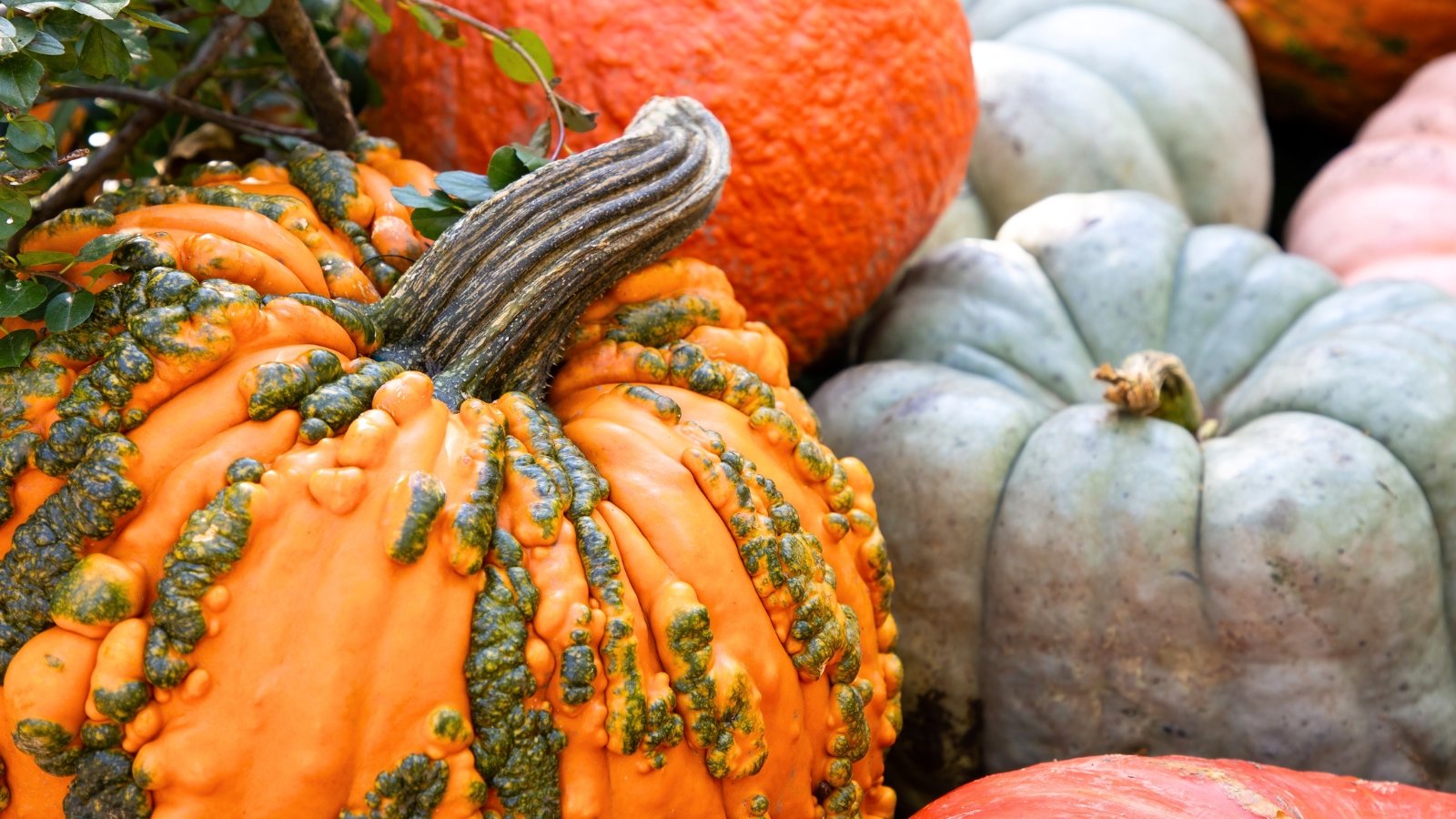
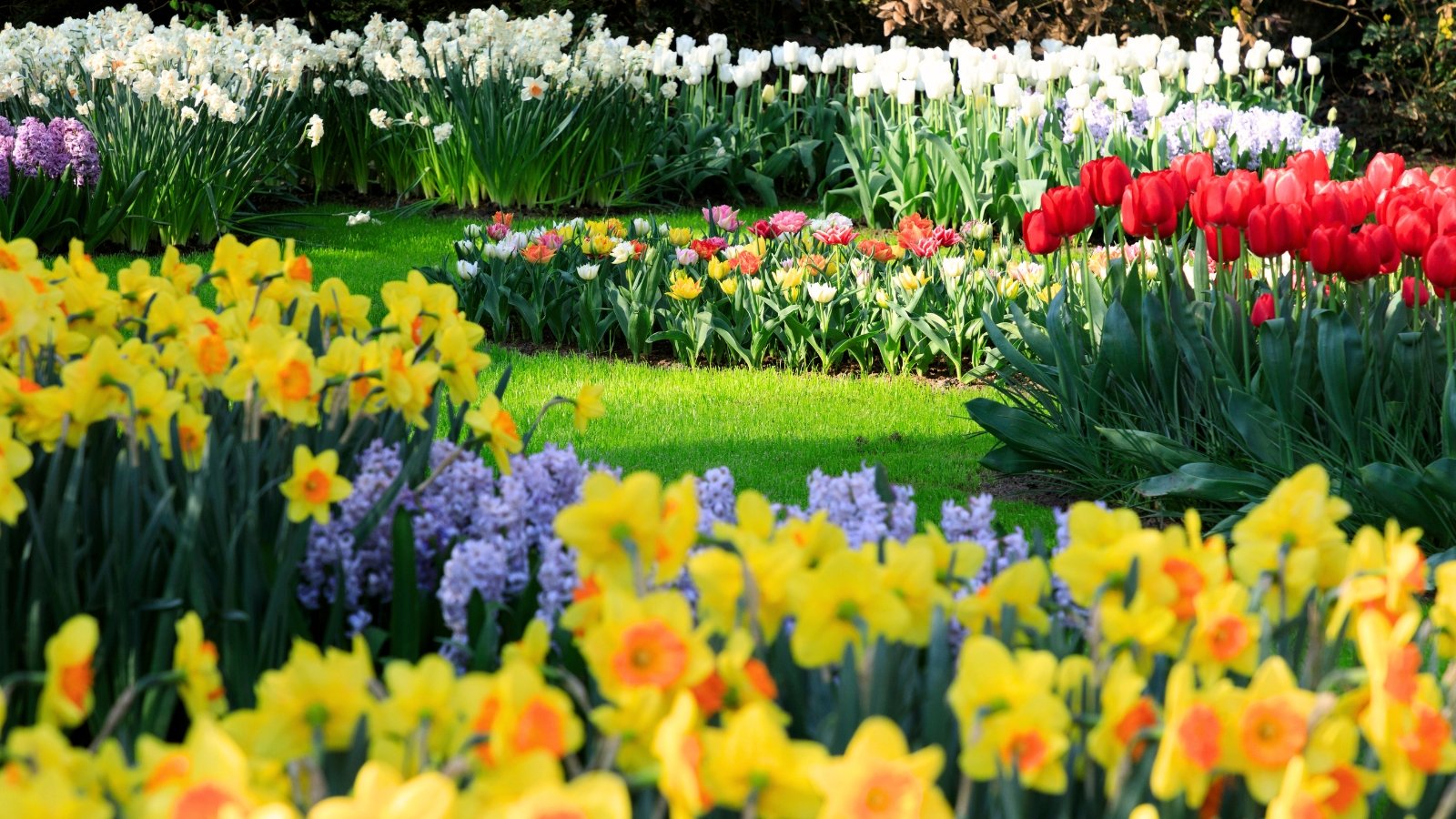
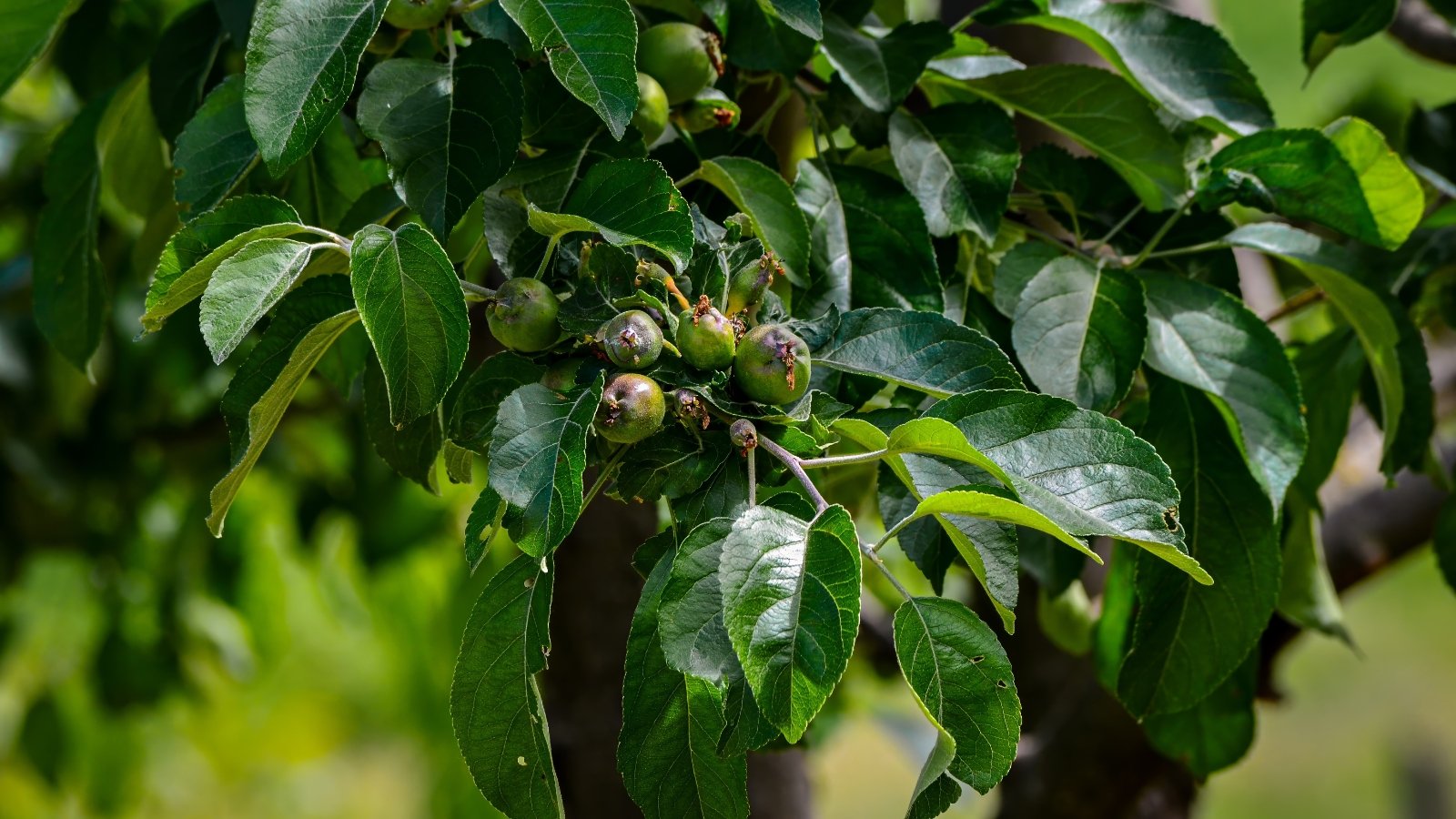
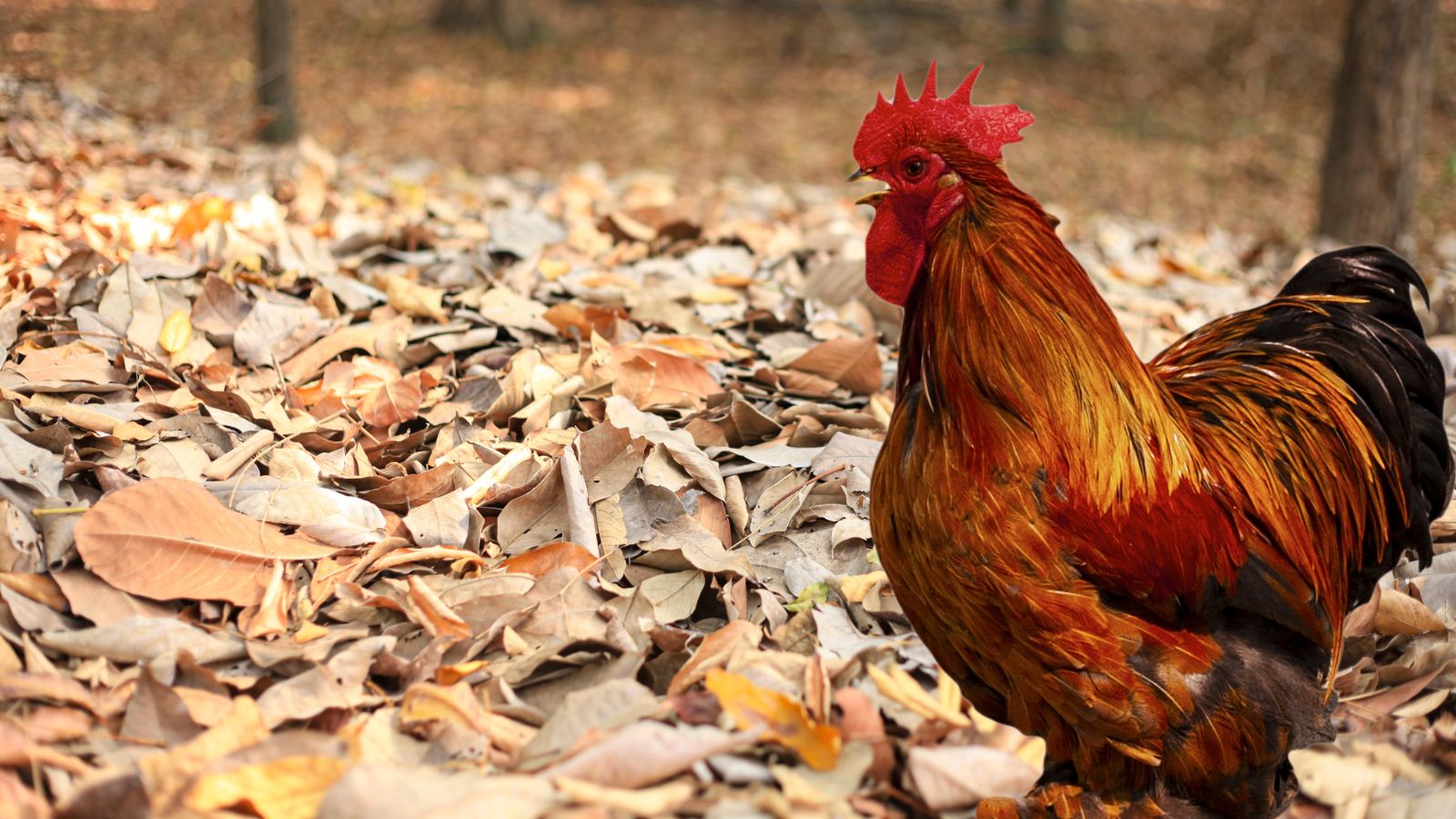
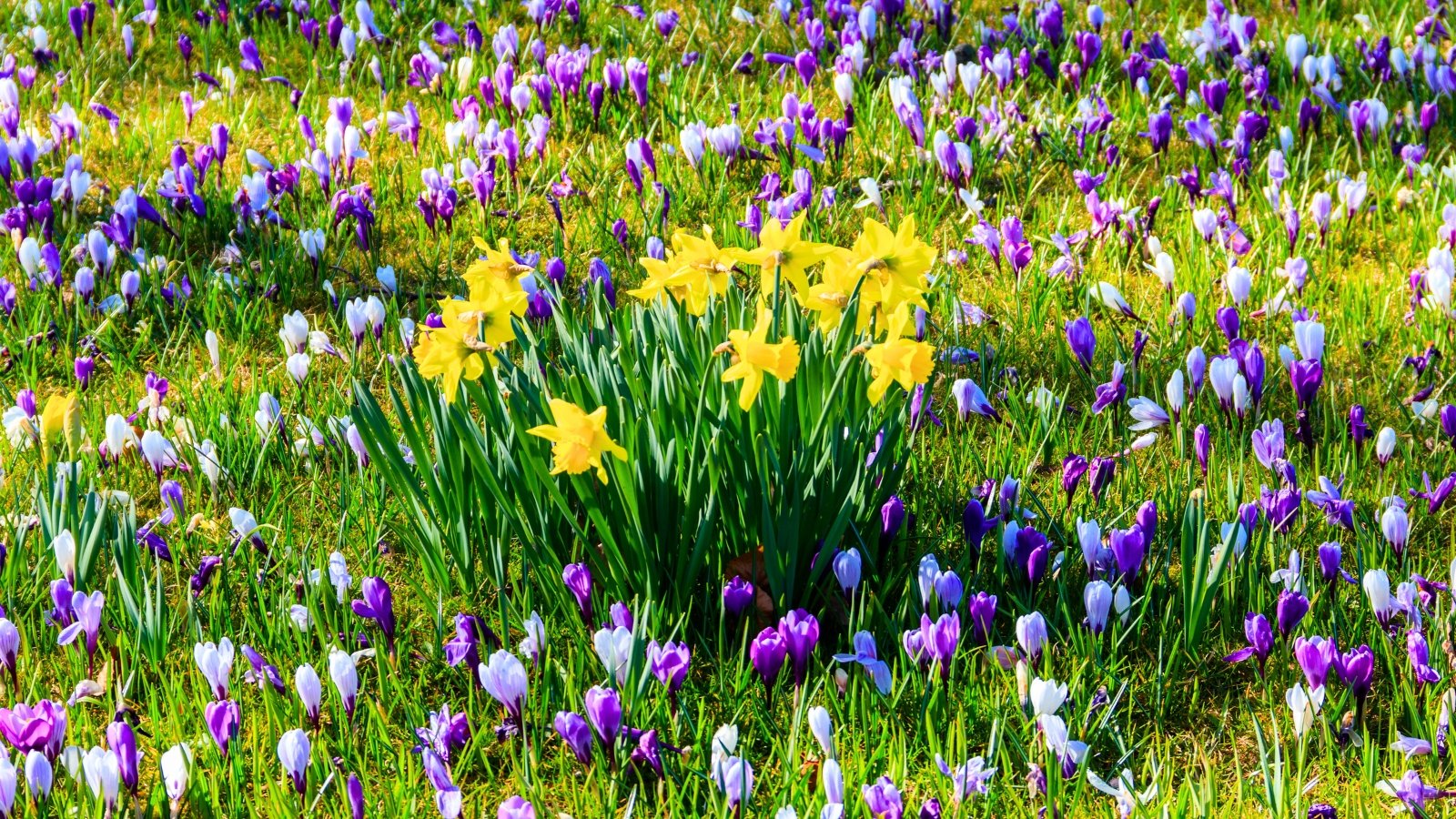
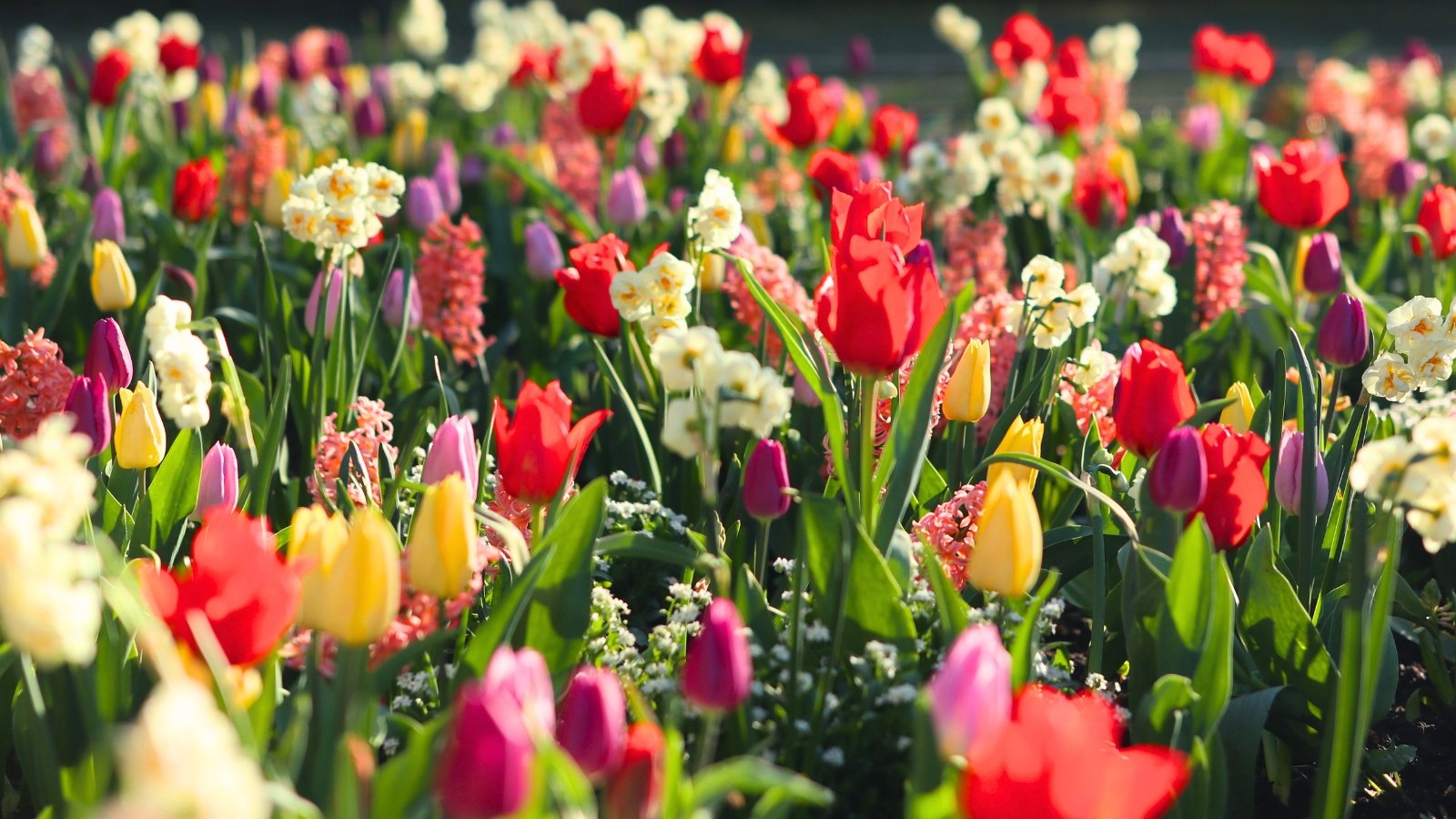















 English (US) ·
English (US) ·  French (CA) ·
French (CA) ·